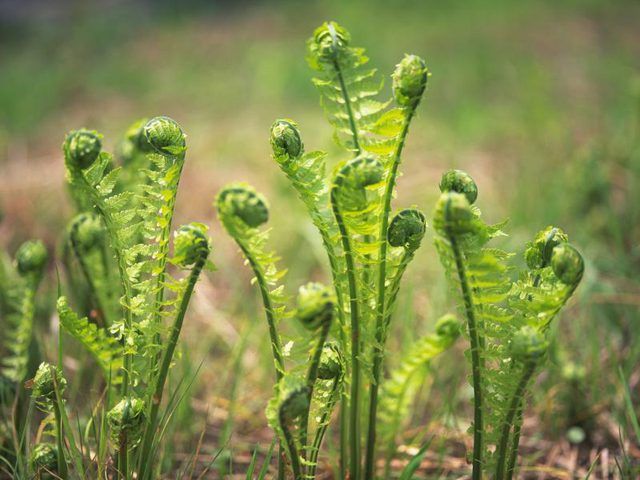Bulbs
Flower Basics
Flower Beds & Specialty Gardens
Flower Garden
Garden Furniture
Garden Gnomes
Garden Seeds
Garden Sheds
Garden Statues
Garden Tools & Supplies
Gardening Basics
Green & Organic
Groundcovers & Vines
Growing Annuals
Growing Basil
Growing Beans
Growing Berries
Growing Blueberries
Growing Cactus
Growing Corn
Growing Cotton
Growing Edibles
Growing Flowers
Growing Garlic
Growing Grapes
Growing Grass
Growing Herbs
Growing Jasmine
Growing Mint
Growing Mushrooms
Orchids
Growing Peanuts
Growing Perennials
Growing Plants
Growing Rosemary
Growing Roses
Growing Strawberries
Growing Sunflowers
Growing Thyme
Growing Tomatoes
Growing Tulips
Growing Vegetables
Herb Basics
Herb Garden
Indoor Growing
Landscaping Basics
Landscaping Patios
Landscaping Plants
Landscaping Shrubs
Landscaping Trees
Landscaping Walks & Pathways
Lawn Basics
Lawn Maintenance
Lawn Mowers
Lawn Ornaments
Lawn Planting
Lawn Tools
Outdoor Growing
Overall Landscape Planning
Pests, Weeds & Problems
Plant Basics
Rock Garden
Rose Garden
Shrubs
Soil
Specialty Gardens
Trees
Vegetable Garden
Yard Maintenance
Ferns That Grow in Michigan
Ferns That Grow in Michigan. Among the oldest plants on the planet, ferns likely appeared 420 to 360 million years ago. Several species of these seedless, vascular plants grow in Michigan's warm summers and snow-covered winters. In Michigan, the growing season extends from early May through early October, and the state covers U.S. Department of...

Among the oldest plants on the planet, ferns likely appeared 420 to 360 million years ago. Several species of these seedless, vascular plants grow in Michigan's warm summers and snow-covered winters. In Michigan, the growing season extends from early May through early October, and the state covers U.S. Department of Agriculture plant hardiness zones 3 through 6.
Ferns for Moist, Shady Spots
A native throughout Michigan, maidenhair fern (Adiantum pedatum) grows in USDA zones 2 through 8. This fern grows 12 to 28 inches tall and has thin, dark-colored stems and bright green fronds. It prefers partial or full shade. Maidenhair fern thrives in moist soil, but will survive limited drought conditions.
Ostrich fern (Matteuccia struthiopteri) is native to Michigan's upper peninsula and the southern half of the lower peninsula. It grows in USDA zones 2 through 6, and grows throughout Michigan. Ostrich fern grows 4 to 6 feet tall in the wild, but usually stays on the shorter end of that scale in home gardens. It grows best and grows the largest in nutrient-rich soil that stays constantly moist. Partial or full shade is best.
Ferns for Partial or Full Sun
Native to Mighigan's lower peninsula, sensitive fern (Onoclea sensibilis) grows in USDA zones 2 through 10. Because it is so cold hardy, this fern will grow in gardens on the upper peninsula as well. Sensitive fern grows 24 to 30 inches tall, and prefers partial shade with moist soil. It is more tolerant of sun than the maidenhair fern, but less tolerant of drought.
Cinnamon fern (Osmunda cinnamomea) grows in USDA zones 2 through 10, and will grow well in both the upper and lower peninsulas. It gets its name from the distinctive cinnamon-colored fronds that grow alongside the larger green fronds. Cinnamon fern grows in full sun or partial shade, but needs constant moisture if planted in the sun. In the shade, it will tolerate soil that occasionally dries out. This fern grows 2 to 4 feet tall.
Ferns for Color
Varieties of lady fern (Athryium spp.) grow best in partial to full shade and moist soil, though they will tolerate some drought. The "Lady in Red" cultivar (Athyrium filix-femina "Lady in Red") grows in USDA zones 2 through 9. The foliage of this fern features burgundy-red stripes on light green leaves.
Other varieties, like the Japanese painted fern (Athyrium niponicum "Pictum") are not as hardy. This fern grows in USDA zones 4 through 9, and will not survive winters in parts of northern Michigan. The foliage on this fern is silvery-grey, green and burgundy.
Ferns for Containers
Most Michigan ferns do best when grown in a garden bed rather than in containers. Even for moisture-loving ferns, always use a container that has drainage holes.
Maidenhair fern grows well in containers and you can grow it as a houseplant. When growing this fern in containers, high humidity and constant soil moisture are essential. It does best when placed near a north window.
Holly fern (Cyrtomium falcatum) grows in USDA zones 6 through 11, so it can only be grown outdoors year-round in southern parts of coastal Michigan. It works well as a houseplant, and requires less humidity than the maidenhair fern. For this and other indoor ferns, use a potting mix that contains at least 50 percent peat moss.